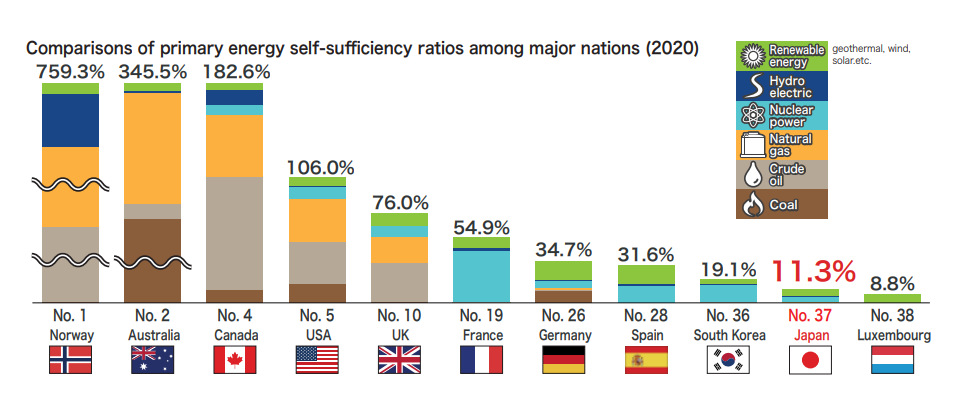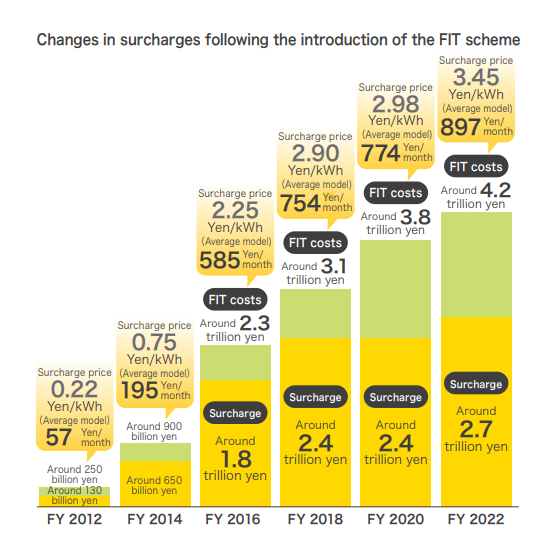Four ideals to pursue when considering energy policy
(in provisional translation)
(English ver.) 2023-07-14

Every day we see energy-related news covering topics such as surging gas, petrol, and electricity prices, experiments for new power generating technologies, blackouts caused by disasters, restart of nuclear power plants, climate-related international conferences, and so forth. As you watch those news items, you may wonder why energy-related issues cannot be solved easily. In reality, formulating energy policy is not as simple as you may think. As energy-related issues have a great impact on our daily lives and work, we need to devise well-balanced policy while pursuing various ideals simultaneously. This article presents four key ideals taken into consideration for the best approach to energy policy.
Ideal No. 1: Absolute safety
In choosing a specific type of energy, many people are concerned first and foremost about its safety. In actual fact, “safety” is the underlying premise of Japan’s energy policy.
The experience of the accident that occurred at TEPCO’s Fukushima Daiichi Nuclear Power Station in 2011 and the lessons it taught us must be remembered and reflected upon as the starting point when formulating Japan’s energy policy.
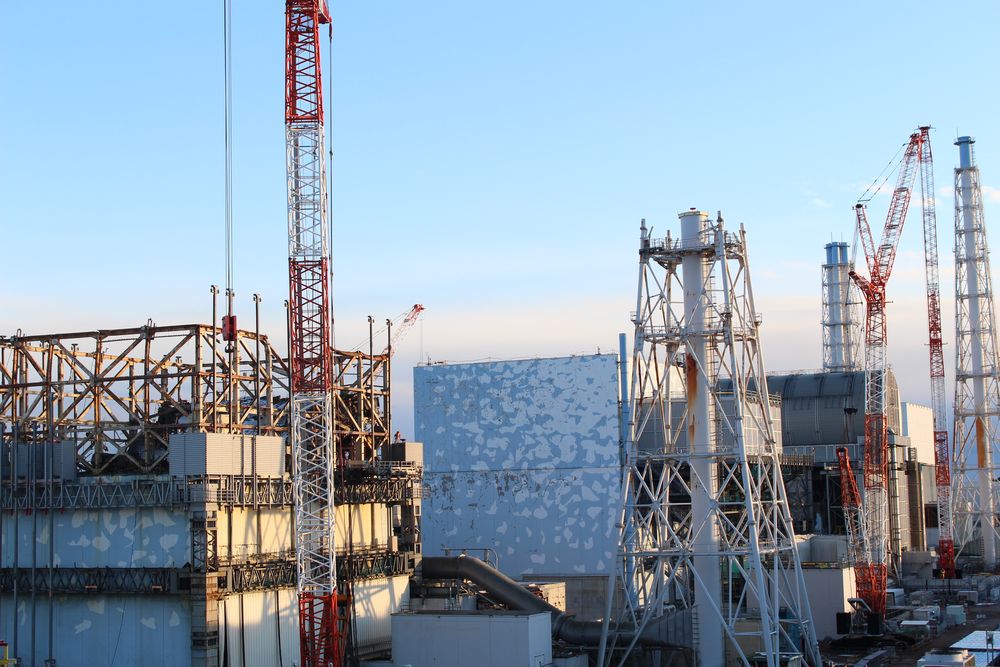
Units 1-4 of TEPCO’s Fukushima Daiichi Nuclear Power Station (picture taken in 2020)
Solar power generation, which has now been widely adopted, is vulnerable to severe natural disasters resulting in equipment being damaged or scattered. Newly developed power sources such as solar power need to be utilized with safety measures in place.
There is no such thing as “absolute safety.” In deciding which energy source to use, we must pursue better safety in relative terms.
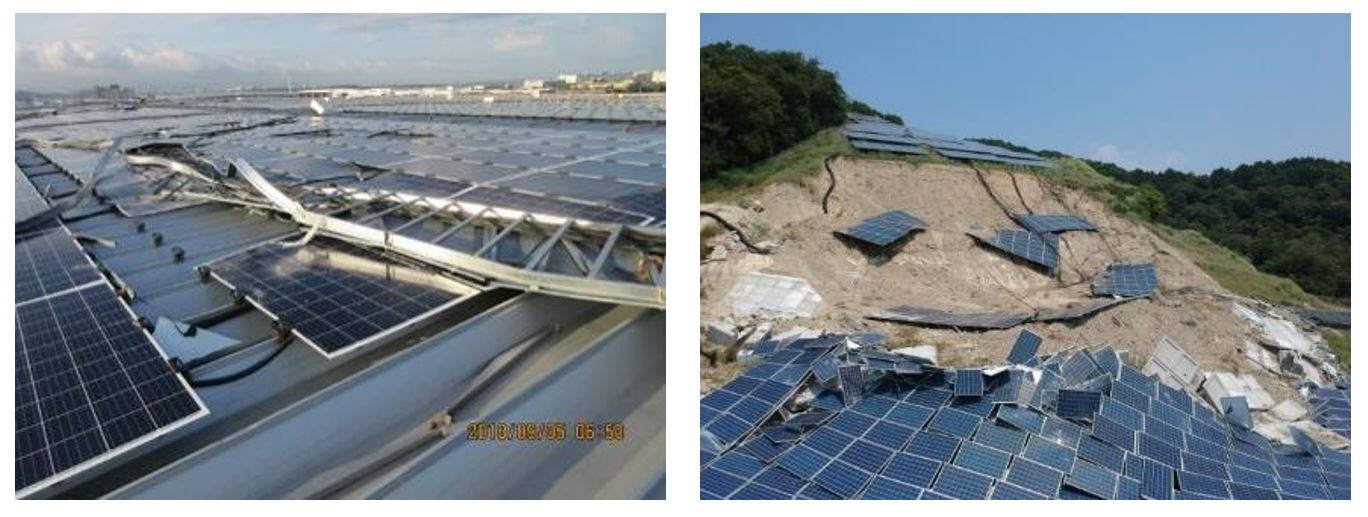
Solar power stations affected by natural disasters
Ideal No. 2: A stable supply anytime and anywhere
Russia’s aggression against Ukraine has reminded us of the risks associated with importing energy from overseas. If we depend heavily on imports from one country or area, a sudden change in the international situation at some future time may endanger the stable supply of energy.
We must also consider risks related to transportation routes, particularly through choke points with heavy maritime traffic such as the Strait of Hormuz and the Suez Canal. If something happens at these choke points, we will face difficulty in transporting energy. It is desirable to import various energy sources from a diverse range of countries and areas, ideally through routes bypassing those choke points.
Choke points in the world at a glance
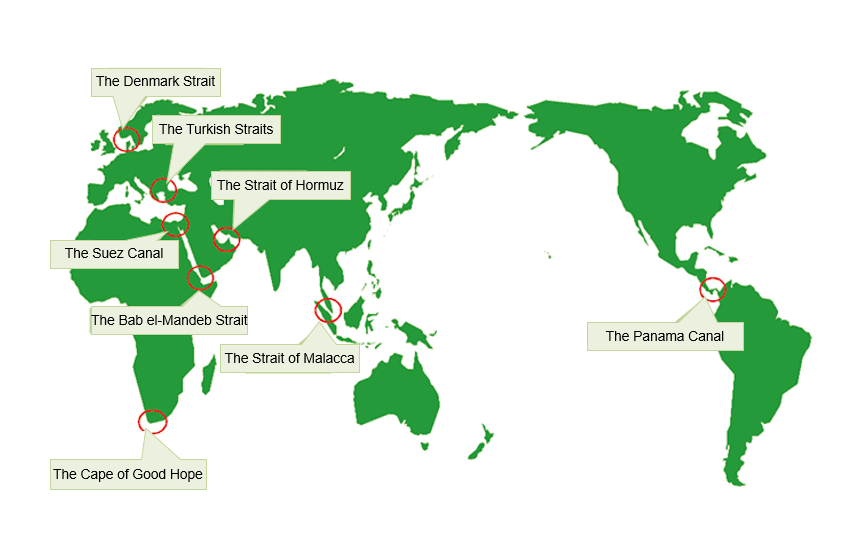
It is important to increase our self-sufficiency ratio to prepare for potential risks associated with energy imports. Additionally, it is essential that we build a disaster-resilient energy system to ensure a stable supply of energy. As energy is indispensable to people’s lives and business, measures must be put in place to ensure “energy security” against potential risks.
Ideal No. 3: Lower prices are better for our livelihoods
Petrol and electricity prices have been rising since 2021 with global uncertainties tightening the supply and demand of fuels. There are multiple reasons for recent price hikes of fuels and energy in general, such as the economic recovery from the pandemic leading to a rapid increase in energy demand, natural disasters caused by extreme weather, reduced upstream investments in coal and oil, and Russia’s aggression against Ukraine, which started in early 2022.
Other factors that influence energy prices include the rising surcharge* related to the expansion of renewable energy, and energy efficiency as an indicator of how much energy can be produced by a unit of fuel.
*A surcharge for the purchase costs of renewable energy that is added to electricity bills.
As energy prices could have an enormous impact on our daily lives and work, “economic efficiency” must be taken into consideration in formulating energy policy.
Ideal No. 4: Choosing environmentally friendly types of energy for the planet
Reducing CO2 emissions is critical for addressing climate change on the path to a carbon neutral, decarbonized society. As a large part of Japan’s CO2 emissions are energy-related, it is necessary to transition to clean energy with no CO2 emissions. Requirements for clean energy are increasing among citizens and businesses.
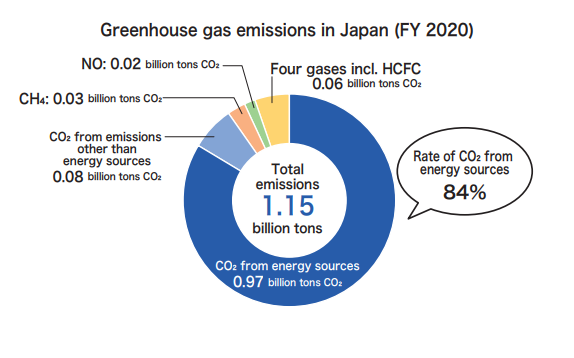
*The amounts of greenhouse gasses other than CO2 are converted to CO2 equivalents.
To be environmentally friendly requires more than simply addressing emissions from power generation. Other factors must be taken into account, such as life-cycle CO2 emissions from production to final disposal, air pollutants like SOx (sulfur oxide) and NOx (nitrogen oxide), and radioactive wastes. The “environment” is one of the important pillars of energy policy.
Energy policy for realizing S+3E in a well-balanced manner
All the four ideals described above are vitally important. However, we have not found a dream energy source that realizes all of them simultaneously. Therefore, in formulating energy policy, it is essential to create a multi-layered energy supply structure combining the four ideals in a well-balanced manner whereby each energy source is exploited fully for its best performance and compensates for the disadvantages of other sources.
The Government of Japan’s basic energy policy, expressed in S+3E, intends to balance Energy Security, Economic Efficiency, and the Environment, on the major premise of ensuring Safety. We hope that you also consider what energy policy is best suited to our country based on the four ideals described in this article.
Division in charge
Research and Public Relations Office, Commissioner’s Secretariat, ANRE
![]() The original Japanese text of this article; Click here
The original Japanese text of this article; Click here
